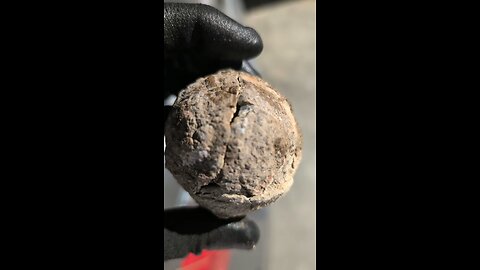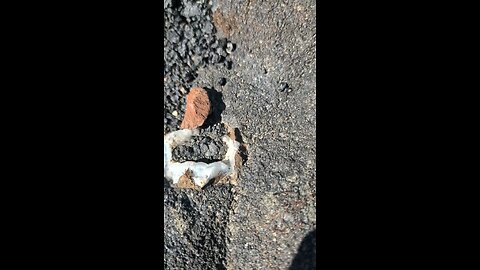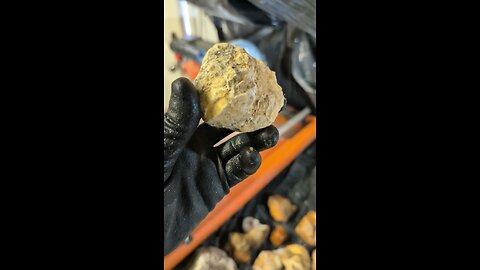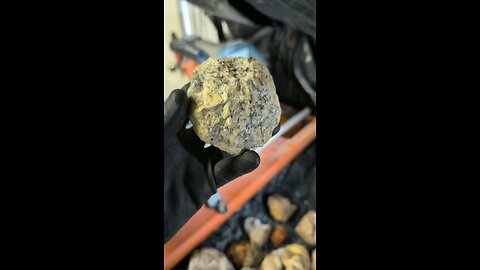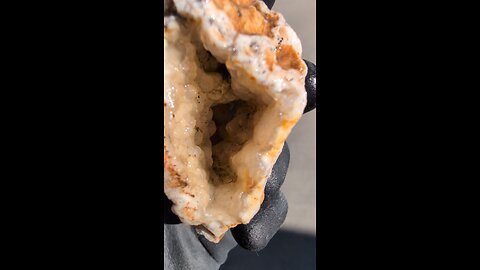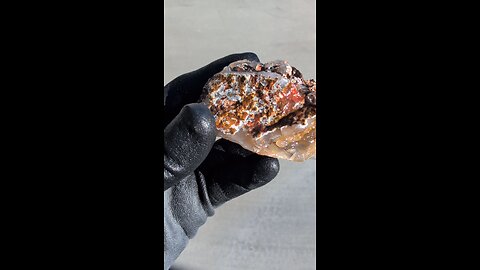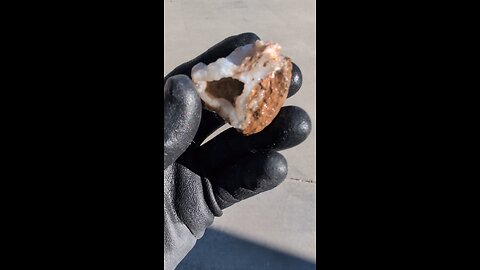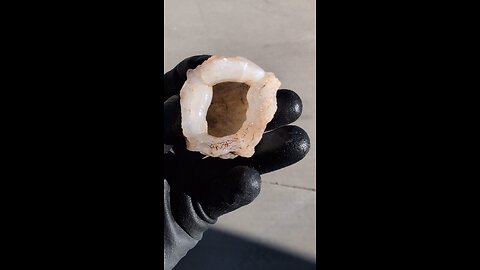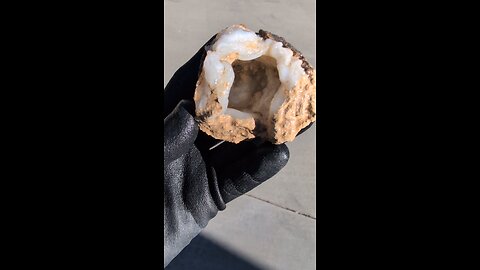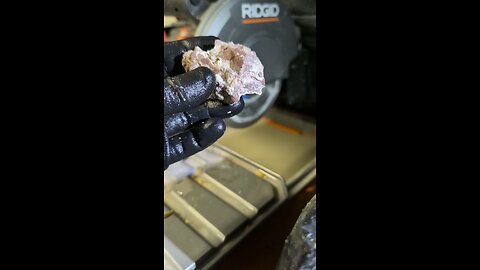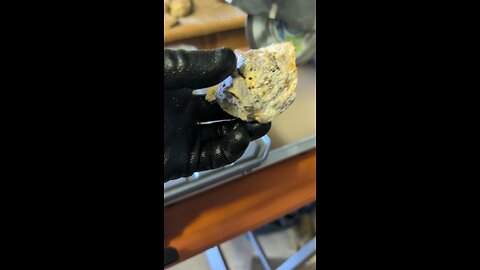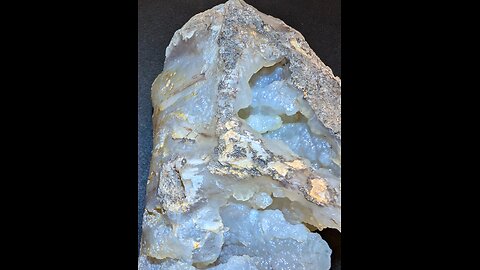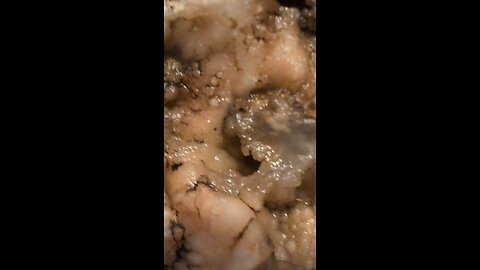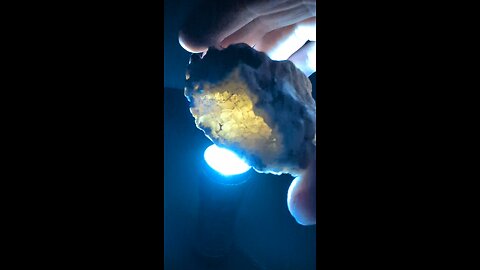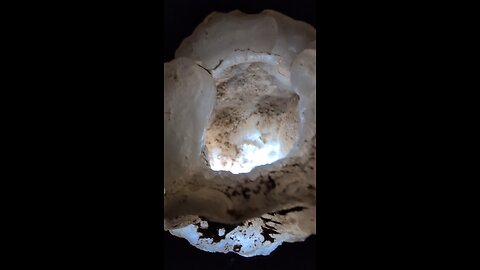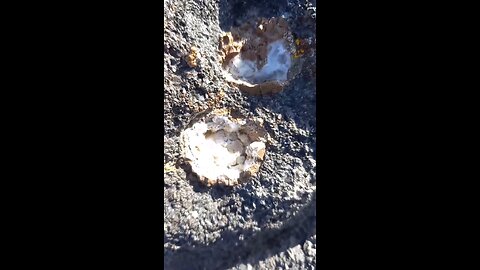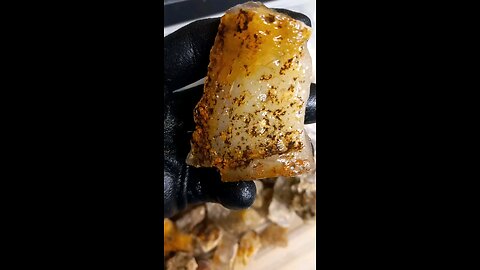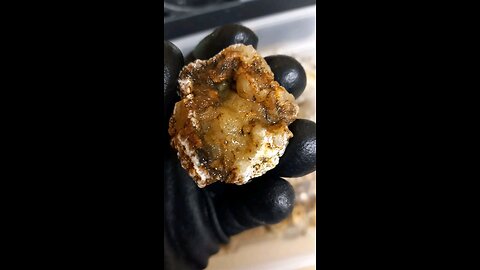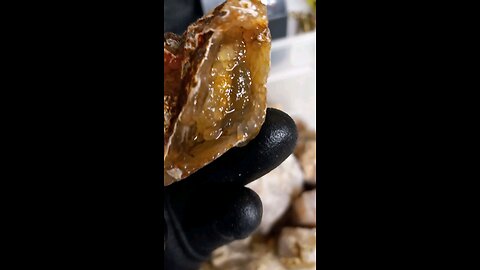Premium Only Content
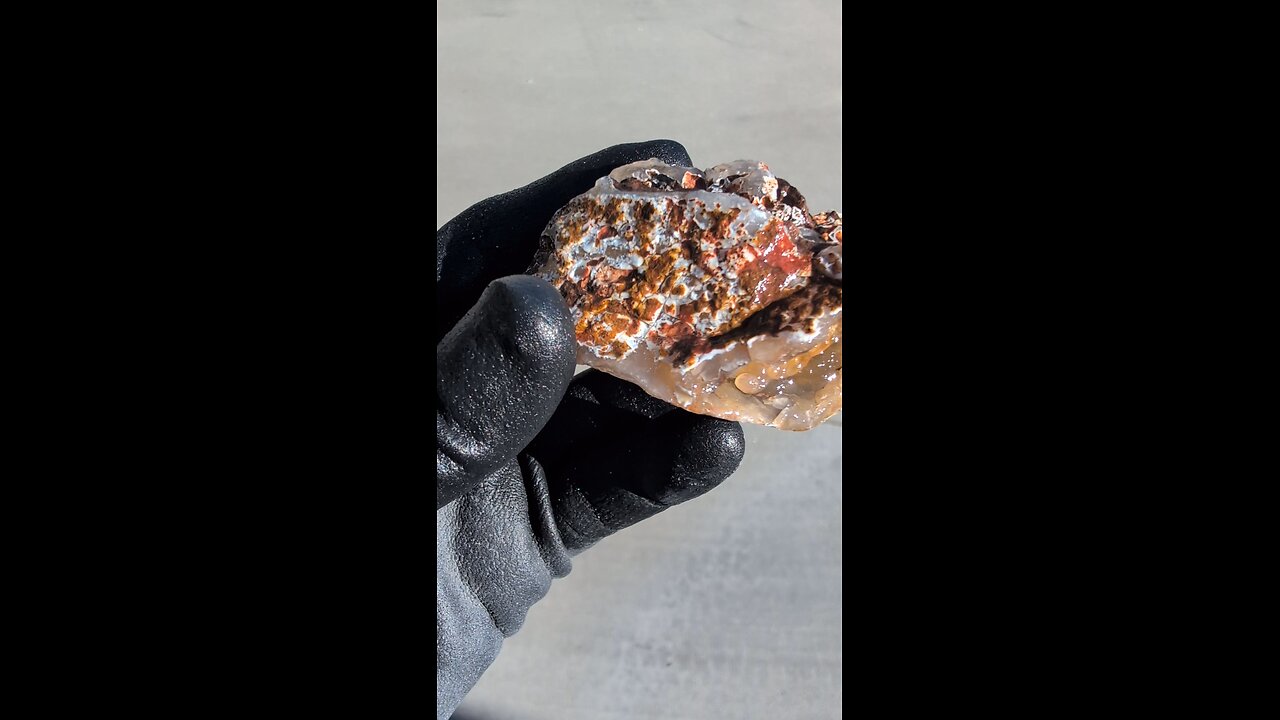
Whole & Broken Geodes!
Geode Field!
Snowball geode!
Ice Ice Baby!
Botryoidal Geode!
Botryoidal Plume Agate!
Chalcedony Geode!
Geode Shot Glass!
Chalcedony Geode w/opal!
Geode Cut!
Geode Cut!
Plume botryoidal chalcedony nugget!
Botryoidal slice!
Plume agate inspection!
Botryoidal Glow!
Thundercup glow!
Thunderegg glow!
Rabbit Springs Lava Flow!
Broken Geodes & Thundereggs!
Whole Thundereggs from Rabbit Springs Lava Flow!
Thunderegg Nest!
Square geode!
Half of a geode!
Broken geode!
This half survived Monther Nature!
Botryoidal Plume Agate!
A botryoidal formation refers to a mineral structure that resembles a cluster of grapes or small, rounded, and knobby protrusions. Here are some details about botryoidal formations:
Characteristics:
Shape: The term "botryoidal" comes from the Greek word "botryoeides," meaning "grape-like." These formations have a surface that looks like a bunch of grapes.
Texture: They typically have a smooth, rounded surface, which can sometimes be polished to enhance their appearance.
Formation:
Process: Botryoidal formations occur when minerals precipitate from solution in a manner that favors the growth of rounded, nodular shapes. This often happens in cavities or vugs where mineral-rich fluids slowly deposit layers over time.
Common Minerals: Minerals that commonly form botryoidal structures include:
Hematite: Often found in botryoidal forms, giving a shiny, metallic luster.
Malachite: Known for its vibrant green color in botryoidal formations.
Goethite: Can exhibit botryoidal textures, often with a brownish to yellowi
-
 LIVE
LIVE
Grant Stinchfield
40 minutes agoWhat is the "Woke Right?" - Is there a Push to Make the Hatred of Jews Cool?
204 watching -
 24:20
24:20
Rethinking the Dollar
1 hour agoTrump Backs Down on China Tariffs—Markets Explode Upward | Morning Check-In
531 -
 LIVE
LIVE
BitLab Academy
2 hours agoBitcoin Trade War Pump: ATH Over Stock Market | Bit Bonds & Key BTC Signals
108 watching -
 1:01:18
1:01:18
VINCE
3 hours agoKristi Noem On The Border, Deportations, The Secret Service and More | Episode 28 - 04/23/25
153K100 -
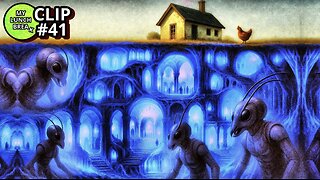 57:41
57:41
MYLUNCHBREAK CHANNEL PAGE
22 hours ago18 Levels Under Ground?
17.9K9 -
 LIVE
LIVE
Caleb Hammer
2 hours agoI Had To Kick This Dipsh*t Off Financial Audit
124 watching -
 LIVE
LIVE
LFA TV
14 hours agoALL DAY LIVE STREAM - 4/23/25
4,025 watching -
 1:05:16
1:05:16
The Big Mig™
6 hours ago“Biohacking vs Biojacking” Live A Better Life Now! w/ Dr David Alfi
5.12K5 -
 DVR
DVR
Bannons War Room
2 months agoWarRoom Live
13.5M3.46K -
 1:10:12
1:10:12
Dear America
11 hours agoWhat is DARK WOKE? Tim Pool Attends WH Press Briefing & What’s Up With Jordan Peterson?!
68.3K29
